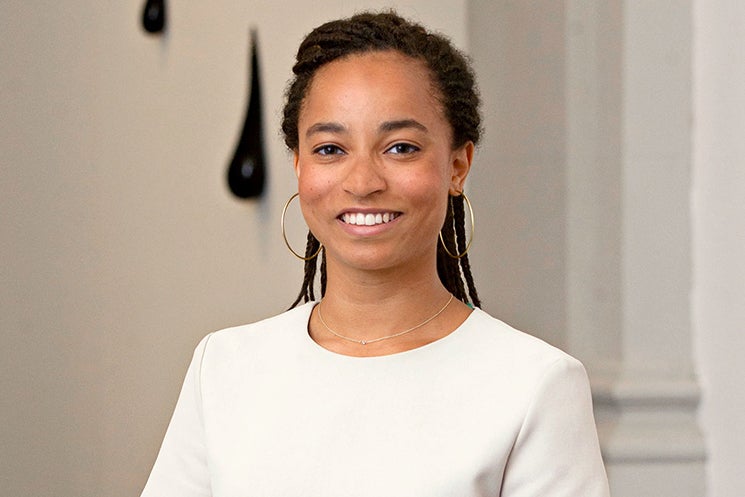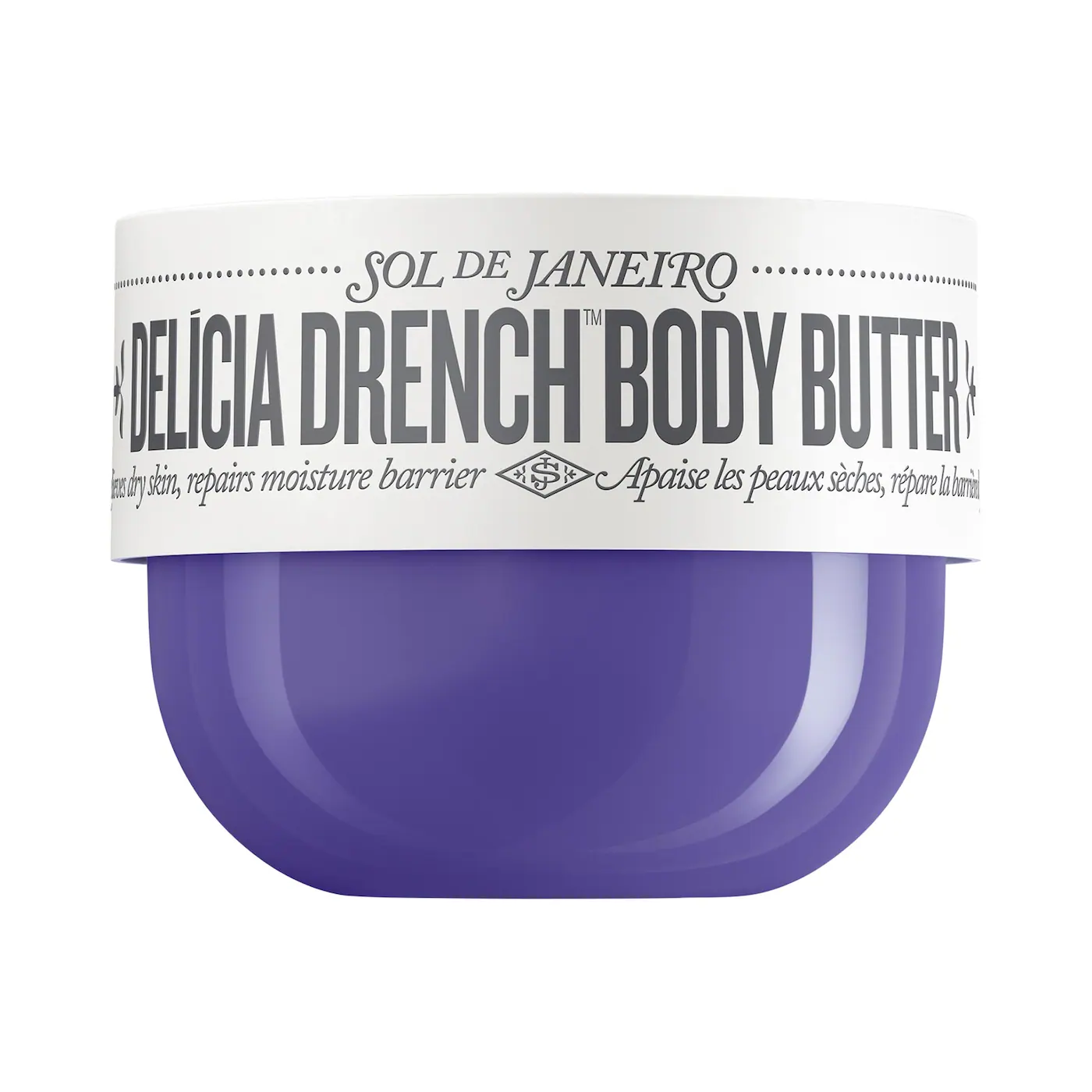
This article originally appeared in the September issue of ESSENCE.
As the assistant curator of contemporary art at the Brooklyn Museum, 32-year-old Rujeko Hockley is shaking up the art world—and crafting must-see shows that celebrate Black women.
Were you always interested in art?
When I was two, my family moved from Zimbabwe to Washington, D.C. It was incredibly influential for me to grow up with access to the Smithsonian, a free museum system. Every weekend we’d go somewhere, whether it was a museum, the zoo or any other place that was part of the Smithsonian family. That said, I had never really heard of art history as a discipline. When I was in college at Columbia University, I took an American art class in which the professor incorporated elements of social justice. We talked about manifest destiny, slavery, genocide of native populations—and we talked about all of this in relation to American art in the eighteenth and nineteenth centuries. That was a really profound moment for me, because I’ve always been interested in issues of race, gender and equity. It was a lightbulb moment that I could do both.
The art world is notoriously difficult to break into—especially for people of color. How did you land a job at The Studio Museum in Harlem after graduation?
I saw a posting for the job on idealist.org, so I decided to apply. The Studio Museum is a very particular universe: I’d come to work every day and be surrounded by brilliant, critical, serious, thinking women of color. I knew, of course, that it was not fully “normal” as a depiction of the art world as a whole, but I also thought, Yes it is. It is here; it is real. Maybe other people don’t know that this is real or this is normal, but that is not about me, that is about them. I think that was incredibly powerful because you take that, and you move through your next job with that fortitude, even though you may not actually be in that environment again in the same way.
But then you left that gig to go abroad?
Yes, I left New York and lived in Southeast Asia for a year and a half to teach English. I highly recommend doing something in your early twenties that is not what you necessarily think your career trajectory will be.
Why is that?
I think it taught me that you can do something different in your life and still return to the path that you thought you were on. And while I really loved teaching, I learned that it wasn’t the way I wanted to make an impact on the world. I came back and applied to graduate art history and curatorial practice programs and ended up attending UC San Diego. I concentrated on post-1960’s art, looking specifically at artists of color working with conceptual or abstract mediums.
Subscribe to ESSENCE’s daily newsletter for the latest in hair, beauty, style and celebrity news.
How does your education inform the collections you put together?
At the Brooklyn Museum I’m in the midst of cocurating a show called We Wanted a Revolution: Black Radical Women, 1965–1985 that will open in April 2017. It looks at Black and brown women artists in relationship to second-wave feminism, and narratives not only around art production but also political action and social movements. We’re also reproducing original texts from the period that we feel are either just incredibly influential to this conversation or haven’t been seen very often. One of them is this conversation that Audre Lorde and James Baldwin had in a 1984 issue of ESSENCE in which they talk about Black men and women and their differences and similarities.







What’s been a pinch-me moment of your career?
This is a strange one but something that stands out is a very negative review The New York Times wrote about a show I had cocurated called Crossing Brooklyn: Art From Bushwick, Bed-Stuy, and Beyond. I was so upset and I felt like a failure. Then I processed through all that, and it became an empowering thing for me. I realized you have to just do what you do. You hope that people like it and you hope that people get it, but that doesn’t change what you do.
Jihan Thompson is a writer and editor based in Chicago.






